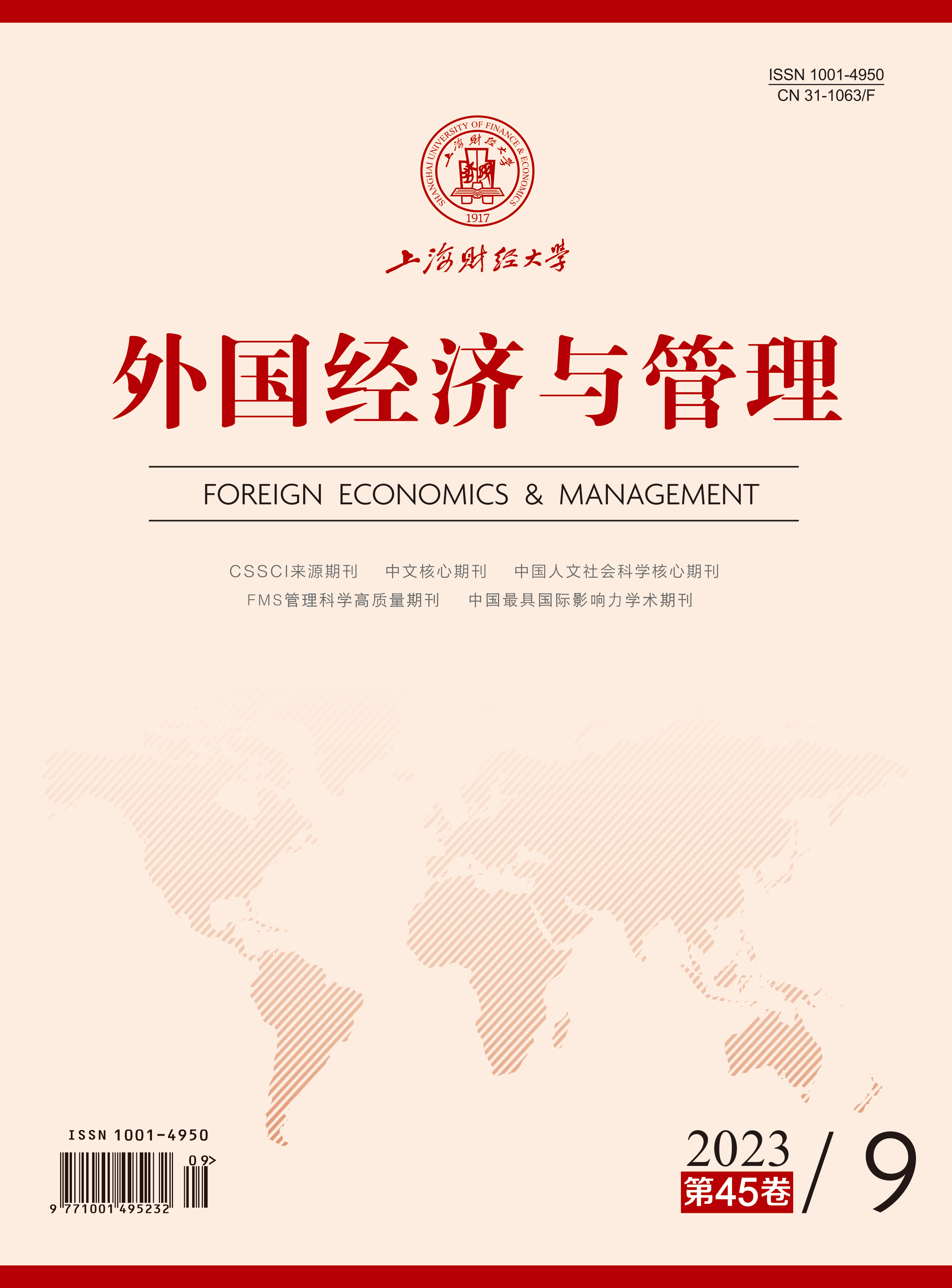In the process of promoting common prosperity, firms running a corporate foundation is regarded as a more active and professional way of implementing philanthropic strategies. However, corporate foundations tend to encounter the problem of “mission drift”, resulting in the fragmentation of charitable activities that undermines the achievement of long-term social goals. Most of the existing literature focuses on social firms, and does not deeply reveal how the institutional logic of business and the institutional logic of charity jointly affect mission drift. This paper examines the two types of drifting behavior of corporate foundations, and explores the inducing factors and the governance mechanism of drifting behavior.
This paper builds a paired sample database of “corporate foundations – listed companies” in China. The findings show that: When firms change business activities, corporate foundations are more likely to expand new social domains, and also more likely to delete the existing social domains. The level of organizational redundancy, the competitive pressure of firms, and the governance structure of corporate foundations have a heterogeneous moderating effect on the inducing impact of mission drift of corporate foundations. Further analysis shows that, when business changes occur, firms can induce mission drift of corporate foundations through the brand realignment mechanism between business domains and social domains, and will cause the loss of long-term projects of corporate foundations.
The contributions of this paper are that: First, it enriches our understanding of the mechanism that induces mission drift in hybrid organizations. By analyzing the interplaying mechanism between commercial activities and philanthropic activities, this paper illustrates how the institutional logic of business affects the practices in public social domains, and how it will lead to mission drift. Second, as the findings reveal the behavioral manifestation, inducing factors and governance mechanism of mission drift among corporate foundations, it enriches the research on mission drift, and extends the understanding of the existence and operation of hybrid organizations. Third, it provides policy insights for more rational support, guidance and supervision of corporate foundations, so as to promote their sustainable development and contribution to social well-being. It also provides managerial implications for corporate foundations to achieve better balance with commercial needs and social pursuits.





 4337
4337  2739
2739

